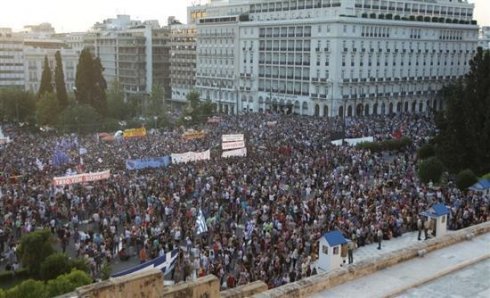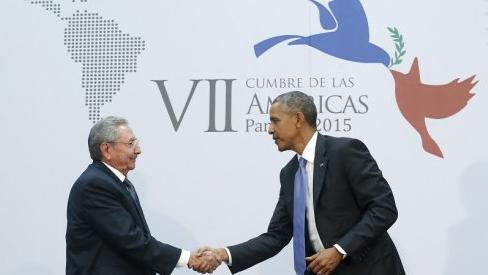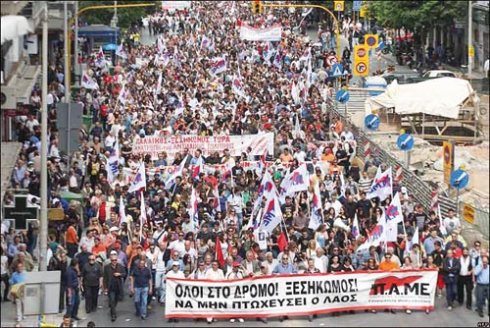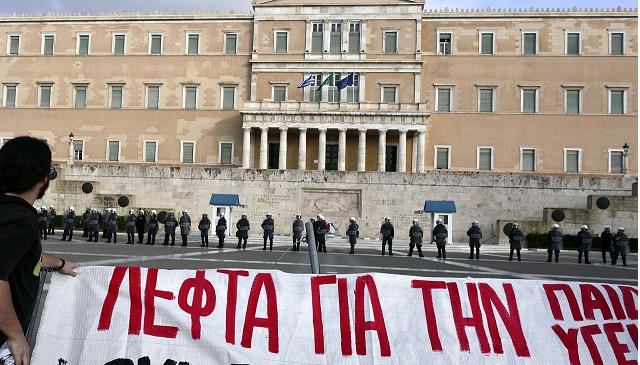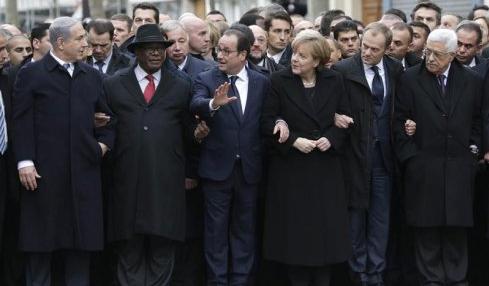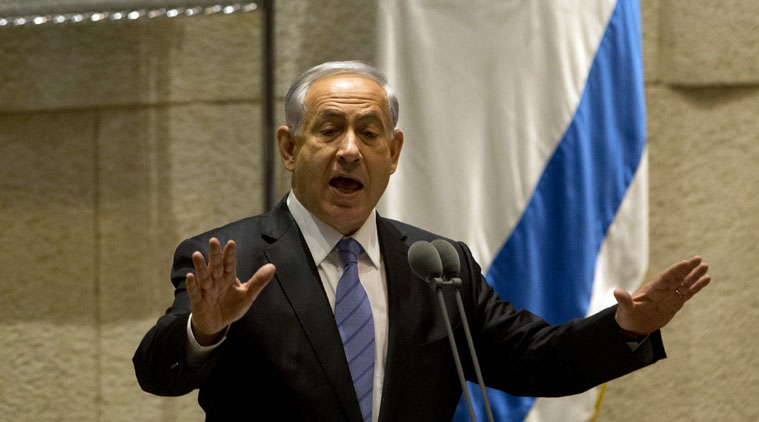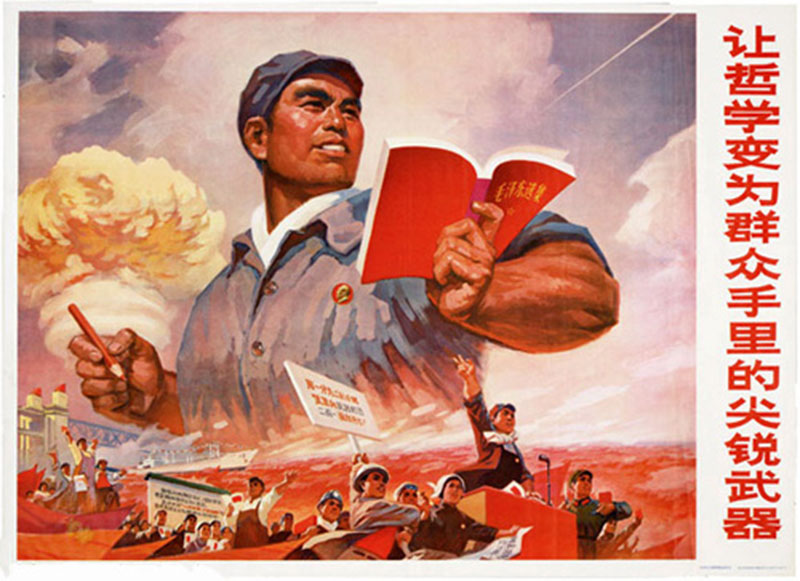The Palestinian Authority and Hamas against the Arab Spring
08/06/2011
‘Free Palestine’ is the slogan written by hand on several bills of the new shekel, the new Israeli currency in circulation in the State of Israel, the West Bank and the Gaza Strip. The campaign of writing on paper currency is being promoted by a group of young Palestinians, extremely moved by the new fresh air of the Arab Spring that is rustling from the depths of hearts. Without a doubt, the emotion of the Palestinian masses in view of the revolutionary process opened up in northern Africa and the Middle East expresses the imagining of new perspectives after years of casualties and sad defeats. But, in direct contrast, both Al Fatah, the party that runs the Palestinian Authority on the West Bank, and Hamas, the party that governs the fate of the Gaza Strip, showed notable suspicion.
Amid the political earthquake, the appearance of Palestinian Authority Prime Minister Salam Fayyad, proposing the formation of a national unity government to his enemies in Hamas was surprising. Fayyad supported the initiative ‘to proceed from the concept of security put into practice by Hamas in the Gaza Strip, because it is not different from that implemented by the Palestinian Authority on the West Bank’.
Considering the possibility of that proposal, the Hamas representative, Sami Abu Zuhri, responded that ‘the formation of a national unity government could only be achieved in the context of a national solution that covers all aspects and not something partial’, although he considered it hardly credible because of the constant detentions and kidnappings of Hamas militants on the West Bank: ‘the only real way towards reconciliation is putting an end to the arrests and releasing those detained’.
If the real movement of the Arab Spring stepped out of the box of the geopolitics imposed by imperialism and the State of Israel, at the same time, positions between the Palestinian Authority and Hamas about putting in check the iron control exercised over the large masses, appear to have converged. How can one understand this, except that Hamas harbours some expectation of an agreement with the same Palestinian Authority that is backing the blockade over Gaza! The same one that, during the brutal Zionist massacre of Operation Cast Lead, at the end of 2008, lined up with Mubarak, who closed the Rafah Border Crossing and blocked the underground tunnels, isolating the Gaza Strip inhabitants for hunger and death. The same one that in 2007, resorting to a raid by its militias, tried to topple Hamas, democratically elected in the January 2006 legislative elections.
Perhaps the total capitulation to the Zionist state revealed by the television network Al Jazeera through the leak of 1,700 documents provided after the Wikileaks affair was not enough. The ‘Palestine Papers’ exposed the surrender by the Palestinian Authority of the right of return of 7.1 million Palestinians who live in the diaspora, one of the most heartfelt demands, in exchange for acceptance of a ‘symbolic’ return of no more than 5,000 Palestinians, not to mention accepting the annexation of the Zionist colonists’ settlements in East Jerusalem and the Esplanade of the Mosques (a sacred space for the Muslim religion) as part of the State of Israel, and collaboration with the Zionists and British intelligence services in devising a plan for eliminating Hamas.
From what was stated above, it is not unexpected that both parties intended to repress the first mobilizations in solidarity with the masses of Tunisia, Egypt, Yemen, etc., in February. The Palestinian Authority broke up dozens of marches and rallies in Ramallah, that were agitating, ‘Mubarak must go, the settlers from Israel must go’, while in Bethlehem and East Jerusalem several people were wounded. In Gaza, Palestinian young people gathered on the Square of the Unknown Soldier and were attacked by Hamas squads, which detained six women. Besides, a few days later, Zionist troops shelled a medical supplies factory in Jabalya, as well as built-up areas in Khan Yunis, Zaytun, and Rafah.
If in 2007 US imperialism and the State of Israel encouraged the division between Gaza and the West Bank, now they are encouraging the agreements between the Palestinian Authority and Hamas to counteract the rebellious consequences that the Arab spring is already causing.
Isolated from the Arab masses for years by pro-imperialist governments like those of Mubarak, Ben Ali, the Jordanian and Saudi monarchies, etc., now the destiny of the Palestinian people is tied to the development of the revolutionary processes of the Middle East and northern Africa, a point of enormous support to increase by millions the struggle for the legitimate democratic right to national self-determination.
